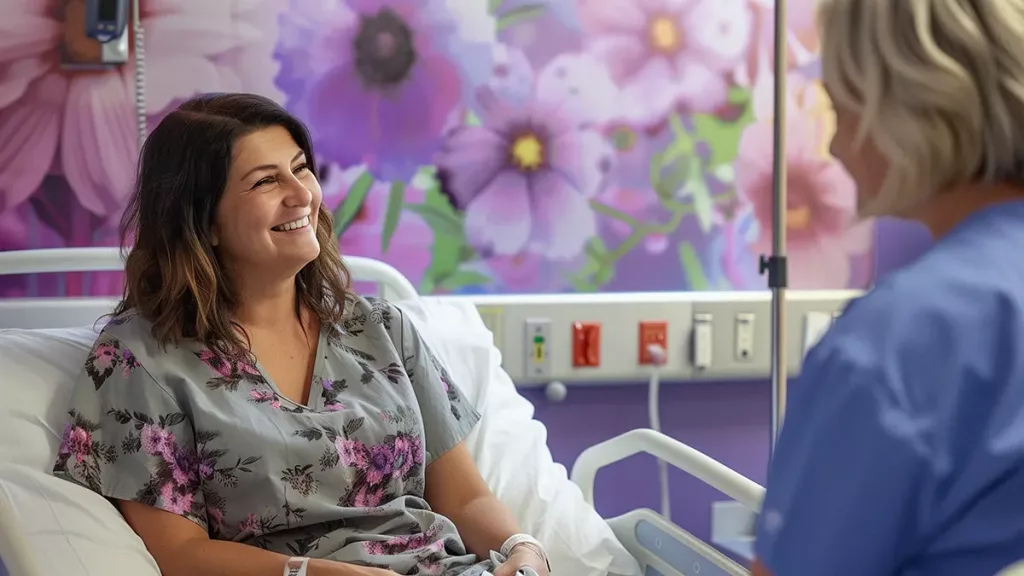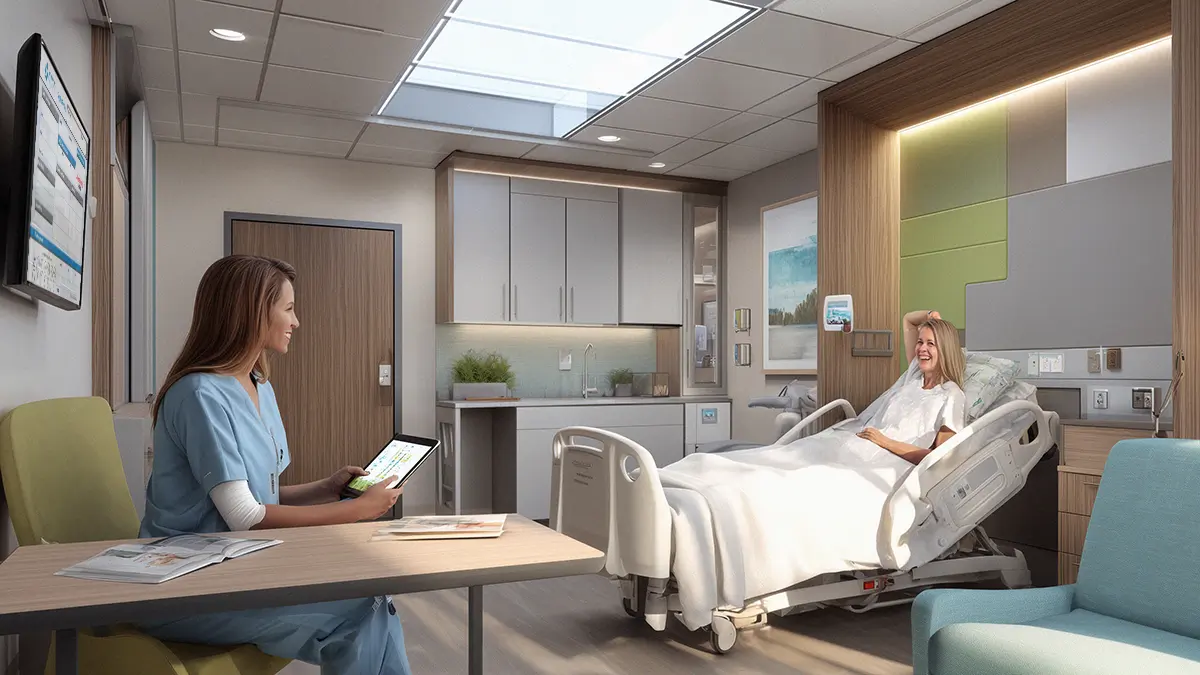Your Secret to Better Patient Care: Crafting Open-Ended Questions in Healthcare!
In a healthcare system where patient outcomes and satisfaction are paramount, the quality of conversations at the bedside has become a critical performance metric. Moving beyond task-oriented checklists to foster genuine dialogue is key to unlocking truly patient centered care. For nurses on the front lines, mastering this skill is essential for both daily effectiveness and long-term career growth.
This article details the strategic shift from directive, closed-ended questions to a person-centered approach that uses open-ended questions. We will provide practical techniques for healthcare teams to foster deeper patient engagement, improve information gathering, and build stronger therapeutic relationships. This approach expands on the foundational principles of trust and clarity established in VisiCare’s guides on 5 Interpersonal Strategies and building Trust in Patient Relationships.
Moving from Task-Oriented to Patient-Focused Interactions
Person-centered communication reframes the clinical interaction as a partnership. In this model, patients are active participants in their care journey, not just passive recipients of treatment. A primary tool in this approach is the deliberate use of open-ended questions.
Consider the difference. A closed-ended question like, “Are you in pain?” typically yields a simple “yes” or “no.” It completes a task but offers little insight. In contrast, an open-ended question such as, “Tell me about what you’re feeling,” invites the patient to share a detailed narrative. This simple change can have a significant clinical impact.
Open-ended questions yield more nuanced information, leading to more accurate diagnoses and safer, more effective treatment plans. They can uncover critical issues—like a misunderstanding about medication or an unstated fear about a procedure—that a checklist-style approach might miss. This communication style is directly linked to improved HCAHPS scores, particularly in the “Communication with Nurses” domain, by making patients feel heard and respected.

Crafting the Art of the Open-Ended Question in Healthcare Settings
Eliciting meaningful patient responses is a skill that can be learned and refined. It involves asking the right questions and, just as importantly, actively listening to the answers.
- The TED Model (Tell me, Explain, Describe): This simple framework provides powerful conversation starters that encourage patients to share their stories.
- “Tell me more about what happened that brought you in today.”
- “Explain what your pain feels like.”
- “Describe your biggest concerns about going home.”
- Follow-up Questions: Use open-ended follow-ups to explore initial responses more deeply and demonstrate your engagement.
- Initial question: “How are you feeling today?”
- Patient response: “Okay.”
- Follow-up question: “What would make today feel better than just ‘okay’ for you?”
- Active Listening: Asking a great question is only half the process. True engagement requires active listening. This includes using positive non-verbal cues like maintaining eye contact and nodding, along with verbal affirmations such as “I see” or “Go on.” These signals create a safe space for the patient to share more information and build a foundation of trust.
For career-building nurses, demonstrating proficiency in these techniques showcases advanced communication skills that are highly valued in leadership and specialized roles.
Effective Communication in Healthcare
Effective communication is fundamental to delivering high-quality patient care and improving health outcomes. It encompasses clear verbal exchanges, attentive listening, and the use of appropriate nonverbal communication skills such as body language, facial expressions, and eye contact. Healthcare providers who master these skills can foster trust, encourage patient openness, and enhance understanding. This is especially important in complex healthcare settings where clear communication directly impacts patient safety and satisfaction.
Evidence-Based Practice in Communication
Evidence-based practice (EBP) in communication involves integrating the best available research evidence with clinical expertise and patient preferences to guide interactions. Research shows that employing evidence-based communication strategies—such as using open-ended questions, teach-back methods, and empathetic listening—leads to better patient understanding, adherence to treatment plans, and overall care outcomes. Healthcare organizations increasingly prioritize training their staff in these practices to ensure consistent, patient-centered communication across all care settings. Additionally, tools like GEMBA whiteboards, used during GEMBA walks, serve as effective visual aids to facilitate real-time communication and engagement between healthcare professionals and patients, helping to identify patient priorities and improve care coordination.
The Role of Body Language
Body language plays a crucial role in healthcare communication by reinforcing or undermining spoken words. Positive body language, including maintaining eye contact, nodding, and open posture, signals attentiveness and respect, making patients feel valued and heard. Conversely, closed or distracted body language can create barriers, leading to misunderstandings or patient discomfort. Healthcare professionals must be aware of their own nonverbal cues and interpret patients’ body language to respond appropriately and build rapport.
Overcoming Communication Barriers
Communication barriers in healthcare can stem from various sources, including language differences, cultural misunderstandings, physical or cognitive impairments, and environmental distractions. These barriers may lead to poor communication, reduced patient adherence, and compromised care quality. To overcome these challenges, healthcare providers should use clear, jargon-free language, employ interpreters when necessary, adapt communication methods to individual patient needs, and create a conducive environment for dialogue. Recognizing and addressing communication barriers is essential to providing equitable, patient-centered care and improving health outcomes.
Integrating Person-Centered Communication Skills into Daily Workflows
The most effective way to ensure consistent engagement is to build person-centered communication directly into daily processes and utilize available tools.
- Admission and Rounding: Frame standard assessment questions as a conversation. This shift transforms a routine task into an opportunity for connection and information gathering.
- Instead of: “Do you have any allergies?”
- Try: “What should we know about your health history to ensure we keep you safe during your stay?”
- Patient Whiteboards as Conversation Starters: A well-designed patient whiteboard can be a powerful tool to prompt meaningful dialogue. Including a dedicated section like “What is most important to you today?” encourages nurses and other team members to ask open-ended questions that align care with the patient’s personal priorities.
- Team Huddles: Use daily huddles to share insights gathered through person-centered communication. This practice improves care coordination and reinforces the value of deep listening across the team. For example, a nurse might share, “Mrs. Smith told me she’s worried about managing her wound care at home. Let’s make sure our discharge teaching addresses that directly and provides her with hands-on practice.” This not only improves patient outcomes but also highlights the nurse’s proactive approach.
Another valuable resource for healthcare professionals seeking to improve their communication techniques is the Institute for Healthcare Improvement (IHI). The IHI offers numerous tools and articles focused on person-centered care, emphasizing the importance of effective communication strategies in healthcare settings. Their guidance highlights how adopting a patient centered care approach, including the use of open-ended questions, can significantly improve patient engagement, satisfaction, and health outcomes. Healthcare teams can leverage IHI’s resources to implement best practices in patient communication and foster a culture of empathy and collaboration.

Person Centered Care Communication Strategies Summarized
Driven by the skillful use of open-ended questions, is a cornerstone of high-quality, modern healthcare. It elevates routine patient interactions into valuable opportunities to gather critical information, build lasting trust, and align care with what truly matters to each individual. For nurses, mastering this skill is not just about improving bedside manner; it is a professional competency that enhances clinical judgment, improves patient safety, and opens doors for career advancement.
Equip your teams with the training and VisiCare tools needed to make this shift. Start by incorporating one or two open-ended questions into daily rounding and discussing the findings in team huddles. By embedding these practices into your culture, you can drive measurable improvements in both patient satisfaction and staff engagement.


